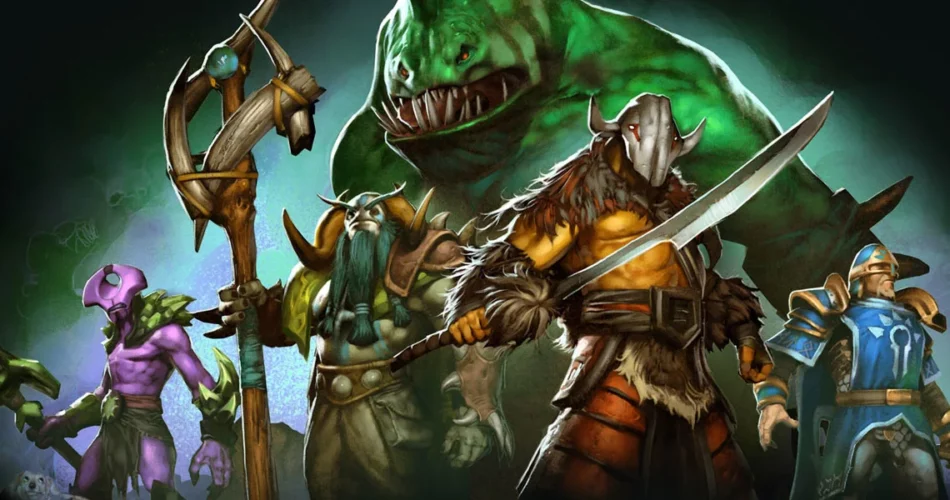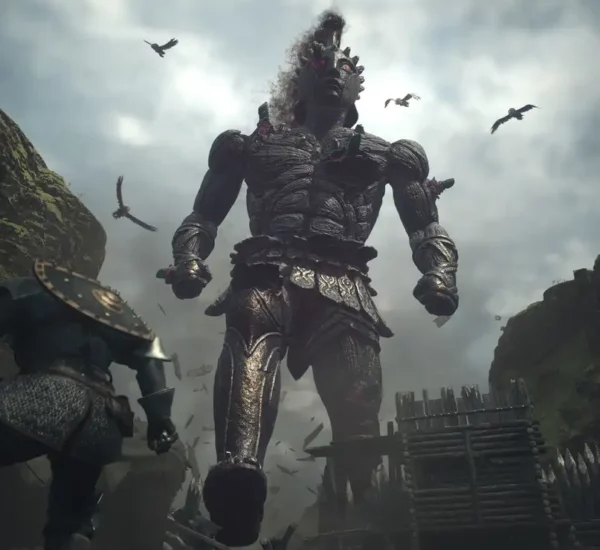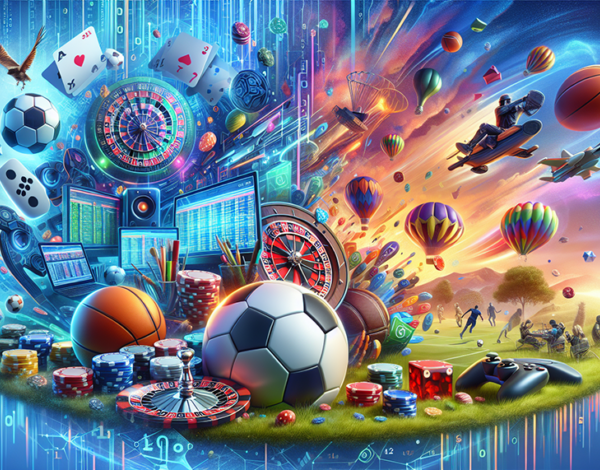In the realm of Dota 2, there’s a customary greeting for newcomers, albeit a blunt one: “Welcome to Dota 2! You suck.” While this may seem harsh, it’s a fitting initiation into a world characterized by a steep learning curve and an intensely competitive community. However, beneath the initial frustration lies an immensely gratifying and thrilling multiplayer experience, distinguished by its depth, accessibility through a free-to-play model, and Valve’s adept development.
Valve’s art direction merits acclaim for its clarity amidst the chaos of a typical Dota 2 match, where vibrant characters clash in epic skirmishes. Yet, the intricacies of Dota 2 owe their origins to the Defense of the Ancients mod for Warcraft III, laying the groundwork for the MOBA genre. Valve’s faithful adaptation, with input from the original developers, has resulted in a game renowned for its complexity, presenting both a daunting challenge and a pinnacle of competitive gaming.
Expecting immediate enjoyment from Dota 2 is unrealistic; it’s a game that demands patience and perseverance. Mastery entails understanding the intricate web of systems at play, from teamwork dynamics to nuanced strategies like denying enemy resources. With over a hundred heroes and a plethora of items, finding your niche is a trial-and-error process.
Navigating the game’s complexities involves adapting to both your chosen role and the ever-changing landscape dictated by opposing choices. Whether countering elusive heroes like Riki or preparing for devastating abilities like Bloodseeker’s Rupture, strategic flexibility is key.
Delving deeper into Dota 2 necessitates studying damage mechanics, spell interactions, aggro management, and timing intricacies. Each match becomes a lesson in optimization and adaptation, pushing players to constantly refine their understanding and execution.
Even with extensive gameplay experience, mastering the nuanced techniques crucial for success in Dota 2 often requires external education. The game seems to deliberately conceal these strategic intricacies from newcomers, such as the tactic of manipulating neutral monsters to maximize rewards. This necessity drove me to seek knowledge beyond the game itself, leading to immersion in the player community and a sense of belonging akin to an oral tradition binding a tribe.
This unique balancing system thrives in Dota 2 due to Valve’s decision to grant players access to all heroes from the outset. With a roster of 102 characters available post-tutorial, this delicate equilibrium can only be maintained if in-game items have no impact on gameplay.
Valve’s commitment to preserving game balance is evident in their monetization strategy. Cosmetic enhancements, predominantly community-created and held to high standards, alongside tournament-related items, are the only purchasable commodities. This model ensures that no paid advantage disrupts the game’s equilibrium, setting Dota 2 apart from its competitors.
While much of Dota 2’s excellence stems from the original mod’s foundation, Valve’s contributions are evident in the surrounding ecosystem. From refining matchmaking interfaces to fostering professional and enthusiast communities, their efforts have significantly enhanced the overall experience.
Notably, Valve has made strides in managing the game’s hyper-competitive community. Features like the absence of a concede button and the invisibility of matchmaking ranks deter premature match abandonment and stat-based discrimination, mitigating frustrations prevalent in other MOBAs.
Valve’s minimalist approach to unlockables further reinforces the game’s integrity. With no external progression impacting gameplay, matches retain a sense of fairness and purity, with success or failure determined solely by on-field performance and strategic acumen.
From personal experience, Valve’s initiatives have proven effective. Over 1,000 hours of playtime have seen instances of poor sportsmanship diminish, indicating a more friendly environment, albeit relative to Dota 2’s inherently competitive nature. Nevertheless, playing with a coordinated team remains the optimal approach, even amidst these improvements.
Valve’s steadfast commitment to preserving DOTA’s original design is a mixed blessing. While admirable in many respects, certain design elements feel unnecessarily outdated and rigidly adherent to tradition. Instances like Blink Dagger penalizing overestimations of distance or towers ignoring attempts to redirect aggression during a siege seem like relics of a bygone era, upheld simply for the sake of tradition.
Looking ahead, Dota 2’s future appears promising. Annual significant balance patches during its extensive beta phase keep the game dynamic and engaging. With Valve’s proven track record of supporting their other free-to-play title, Team Fortress 2, it’s reasonable to expect continued development and innovation. Weekly patches, a plethora of professional matches to spectate, and ongoing cosmetic updates ensure that Dota 2 remains a vibrant and ever-evolving experience. Its dynamic nature extends from the diverse gameplay in each match to the perpetual sense that it is a work in progress.
In summary, Dota 2 lives up to its formidable reputation and may not cater to casual players seeking a quick gaming fix. Mastery requires a substantial time investment, but the rewards are immense. Its unparalleled variety and excitement challenge players both intellectually and reflexively, offering a uniquely gratifying experience. Furthermore, Dota 2’s commitment to being truly free-to-play fosters a level playing field where skill and teamwork reign supreme. In this arena, victory belongs to the most deserving team.



